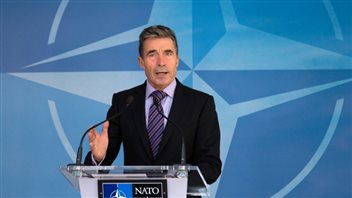
As leaders from NATO countries gather in Wales for a major summit, Canada’s military spending, or rather the lack of it, will be an issue.
The Canadian government has been among the harshest, if not the most bellicose, critic of Russian leader Vladimir Putin and
Russian implication in the Ukraine conflict.
However in terms of having the muscle to back up its tough talk, Canada is much more bark than bite.
Canada sent a very small ground force to participate in NATO exercises in eastern Europe, has sent four fighter jets to Lithuania to participate in air space policing there, and has deployed a frigate to the eastern Mediterranean.
While Canada’s military has always performed far better than it’s small size would indicate, these current actions remain fairly token representation and it’s not certain Canada could do much more.
The military is facing severe budget cuts.
Annual spending on the military, when compared with 2011, is slated to shrink by a total of $2.7-billion in 2015, according to a briefing note prepared for the deputy defence minister.
That would be an almost $600-million deeper cut than the figure defence officials acknowledged last fall when they rolled out the department’s renewal plan.
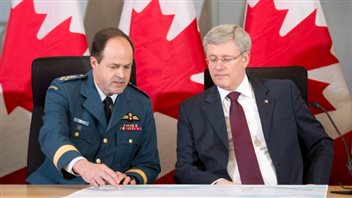
This goes counter to NATO’s insistence that members spend two percent of their gross domestic product on defence. Canada currently spends a little over one percent and several equipment replacement programmes have been delayed already.
Of the 28 member countries in NATO, even financially troubled Greece spends a higher percentage of GDP on defence, as does Albania for example. Only five nations spend less.
While NATO has a rapid reaction force, the outgoing secretary general, Anders Fogh Rasmussen wants to create a much more rapid response “spearhead” force within that larger group.
He says that members who want the “insurance policy” of collective defence must “pay the premiums.”
A statement from the Prime Minister’s Office says, “”Canada w
ill continue to work closely with its allies and partners,” says the PMO, “and will take further economic steps if Russia continues down this reckless and irresponsible path. We will continue to support our allies in Eastern Europe and take the steps necessary to assist them to maintain their security and national territorial integrity.”
How Canada can do that while reducing military spending will undoubtedly raise rather pointed questions among its allies at the NATO gathering.
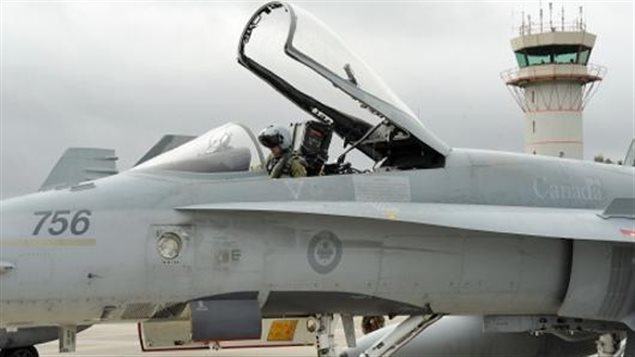
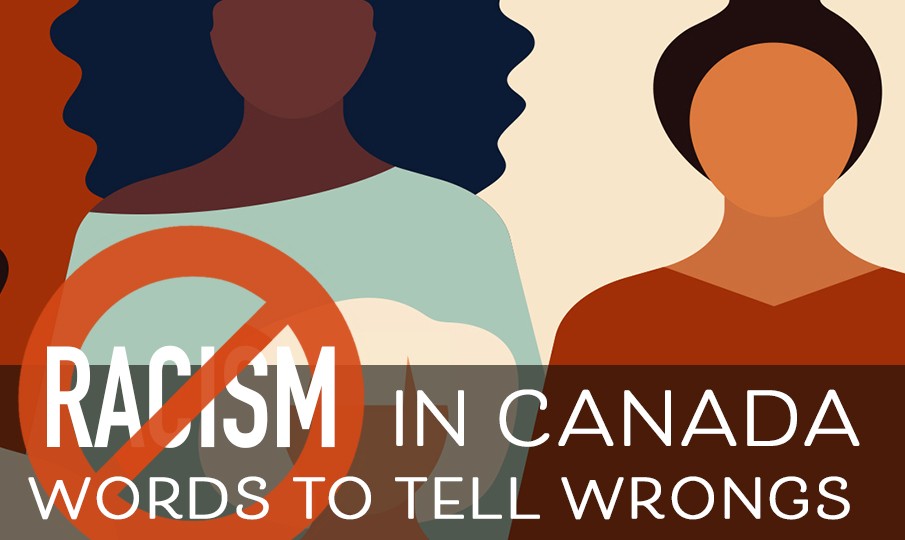

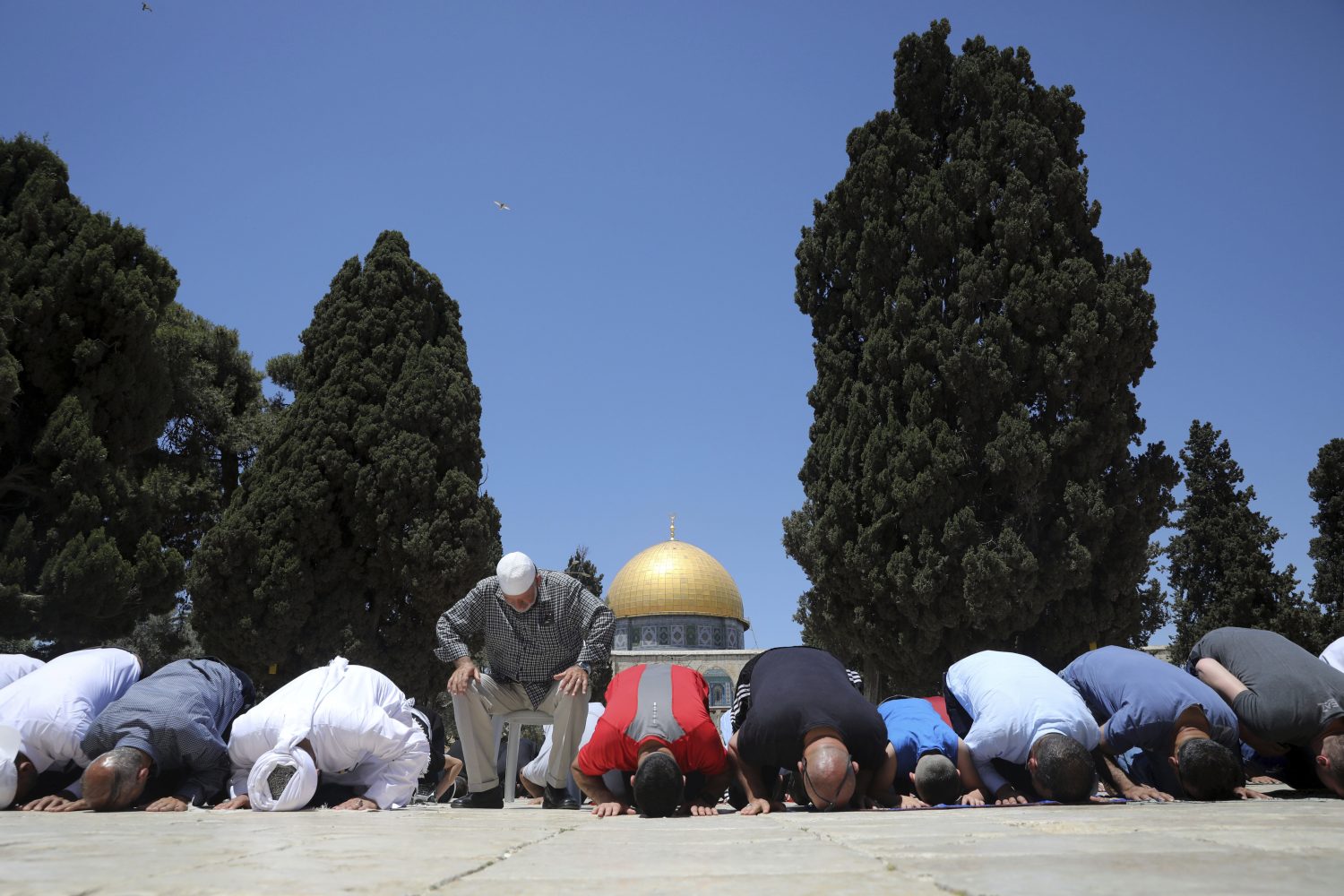
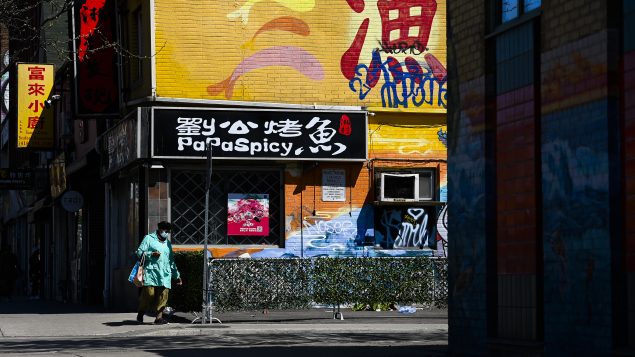


For reasons beyond our control, and for an undetermined period of time, our comment section is now closed. However, our social networks remain open to your contributions.